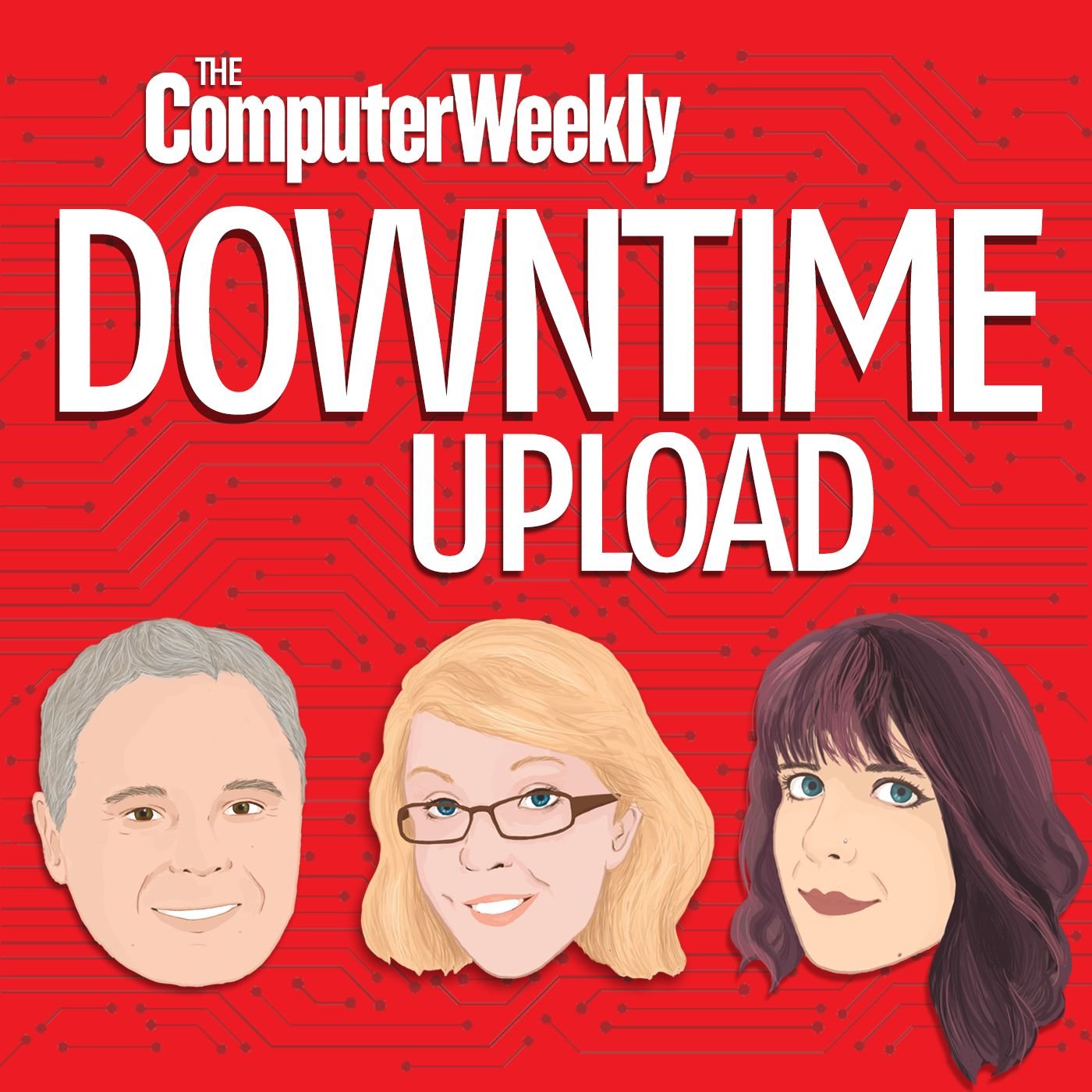
Rawpixel.com - stock.adobe.com
Inflation-busting IT: A Computer Weekly Downtime Upload podcast

In this podcast, Gartner’s Stewart Buchanan discusses how to fund digital technology initiatives
CIOs should expect their IT budgets to increase by 4.4% on average, a survey from analyst firm Gartner reports. This figure is lower than the projected 6.5% global inflation rate – and therefore a cut in real terms.
Cutting IT budgets is not going to calm the inflationary pressures businesses face. After the 2008 banking crisis, businesses pared back everything they deemed not core to the business as part of company-wide cost-cutting measures. At the time, in-house IT was not seen as a core business function, which resulted in IT functions being outsourced. This has now gone the other way, with in-house IT once again on the rise. The question for business and IT leaders is how to justify continued IT investment in the worsening economic climate.
The Gartner survey found that 94% of organisations in Europe, the Middle East and Africa struggle with developing a vision for digital change.
Gartner believes CIOs should remind business chiefs that it was digital technology that allowed their organisations to remain operational in 2019 when the Covid-19 pandemic struck. Initiatives that began during that time have led to greater automation and digital transformation.
This latest economic challenge means that further investment in IT is necessary. But, as Stewart Buchanan, a research vice-president in Gartner’s CIO team, notes, if business leaders are unable to convince investors to fund capital projects, then the business needs to focus on product management and a much more refined way of looking at revenue streams.
“I think everyone sees inflation as a potential cost cut as it can stretch budgets,” he says. “We are seeing a lot of clients asking us for more detailed financial advice on how best to manage their spending and prioritise it to get the best possible value from that spending.”
Gartner uses the term “force multiplier” to describe how IT investment can offer organisations a multitude of business benefits.
To start on this journey, Buchanan recommends that CIOs look at all the money that flows around their organisation and identify how to better invest it and spend it.
“It’s not just about keeping the lights on anymore,” he says. “Some of the lights need to be turned out because they’re no longer shining as brightly, and sometimes you just need to change the light bulb and address technology debt.”
CIOs can use benchmarking tools to assess how well their IT spending rates against CIOs in similar industry sectors. He says there may be a good reason to spend more or less than the average in a particular area.
But as Buchanan points out, many CIOs face huge wage bills that they cannot spend because they are unable to recruit enough people with the talent their organisations require.
“There is an opportunity to move some of that money into automating all the jobs that people do not want to do and shouldn’t have to do. All those dirty drudgery jobs can be automated to free up people to do more interesting or challenging tasks,” he said.
In the past, IT strategies have hinged on major architectural decisions requiring big ticket IT expenditure. But Buchanan believes modern architectures allow CIOs to take a different approach.
“There has been a very bad habit to buy things and capitalise them over a very long period, which sets the expectation that you won’t have to reinvest for a very long time. Now, of course, it’s quite easy to switch those things out and buy a ready-made service which you can start consuming immediately without major capital expenditure,” he says.
But the big problem Buchanan sees is that CIOs need to shift a lot of money away from capital expenditure to operational IT expenditure. “Your finance team insists on treating capital and operating expenditure, capex and opex, as foreign currencies, and you need to establish a conversion rate and exchange rate between those two mythical currencies. But it’s all just cash flow and it’s about how you manage your cash.”
From an IT funding perspective, Buchanan recommends that CIOs move away from a large project mindset. “You’re really looking at 19th century accounting principles being applied through mid-20th century accounting and financial processes,” he says. “We’re now in the 21st century in an internet economy, and the three things do not work very well together.”
Instead of making a big capital investment, Buchanan says a lot of Gartner clients break down spending into smaller chunks, such as setting aside a small pot of funds for a proof-of-concept project based on developing a minimum viable product. Clearly, if the pilot is a success, the CIO has the evidence needed to ask for further money to fund a wider deployment.
Generally, IT funding should ideally target smaller initiatives that can demonstrate to stakeholders a quick return on investment, which requires CIOs to target those projects that have measurable business benefits.


